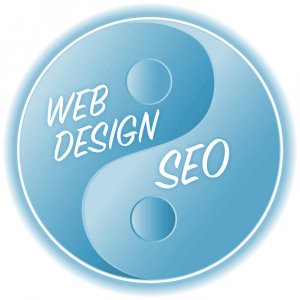
Search Engine Optimization (SEO) is at the heart of every digital marketing campaign. Therefore, SEO needs to be part of every lead generation and conversion-focused redesign to ensure that the marketing strategy for the client’s business is in place. Not to include SEO requirements at the onset means they will have to be incorporated after the fact and that costs both time and money. In fact, few businesses do not already have an online presence. Those websites have accrued a customer/client base and steady site traffic. A solid redesign plan not only preserves the momentum an online business has built, but lays plans to expand upon it.
The expression, an “SEO-friendly” website is not new. This means creating a site that makes it easy for search engines to index as many site pages as possible to support ranking initiatives. It is now just as important to utilize SEO to create a user experience that engages visitors and leads them down the path to completing a sale/conversion.
How to Incorporate SEO Into a Website Redesign
Taking steps to affect these requirements means incorporating SEO fundamentals in both the site design and its function. These include:
- Domains have moved way beyond ‘anything goes’. To be found be sure the domain is relevant to the site’s purpose.
- Search engine accessible: text-based content and backend are easier for search engine bots to ‘read’ and ‘understand. Link structure includes XML sitemaps and internal linking along with tools such as Screaming Frog help search engines index sites more fully.
- Site structure configured to facilitate the user experience via easy to use navigation and sales funnel.
- Content Management System (CMS): Enabling non-technical client-side users to make changes is especially useful for sites that require on-the-fly product updates.
- Page speed: web pages that build too slowly encourage visitors to leave that site, usually for a competitor’s site.
- Is it still necessary to state that a responsive, mobile-friendly site is an imperative?
Relative to design usability, here are some additional SEO recommendations:
- Homepage/Navigation: Keep as simple as possible, and as easy as possible for visitors to follow. The goal should be for them to find what they are seeking and to arrive at their decision-making screen within three interactions.
- Visual hierarchy: Important elements such as Calls to Action need to be bigger than other page elements as well as appear ‘above the fold’.
- Individual page layouts: Need to be visually interesting, with important elements such as Contact Forms, made prominent.
- Forms: It is a fact- the longer the form and the more information required, the greater the number of abandoned forms. Make them short, to the point, and your conversions will increase.
- Great design is not just attractive. It is intended to help site visitors to engage, and to facilitate achieving the business owner’s goals for their online business.
Active Web Group provides success-driven solutions to online businesses in a wide range of industries. Our disciplines include search engine marketing and optimization, social media, brand marketing, email marketing, web design, website development, and programming services. For more information: (800) 978-3417.
